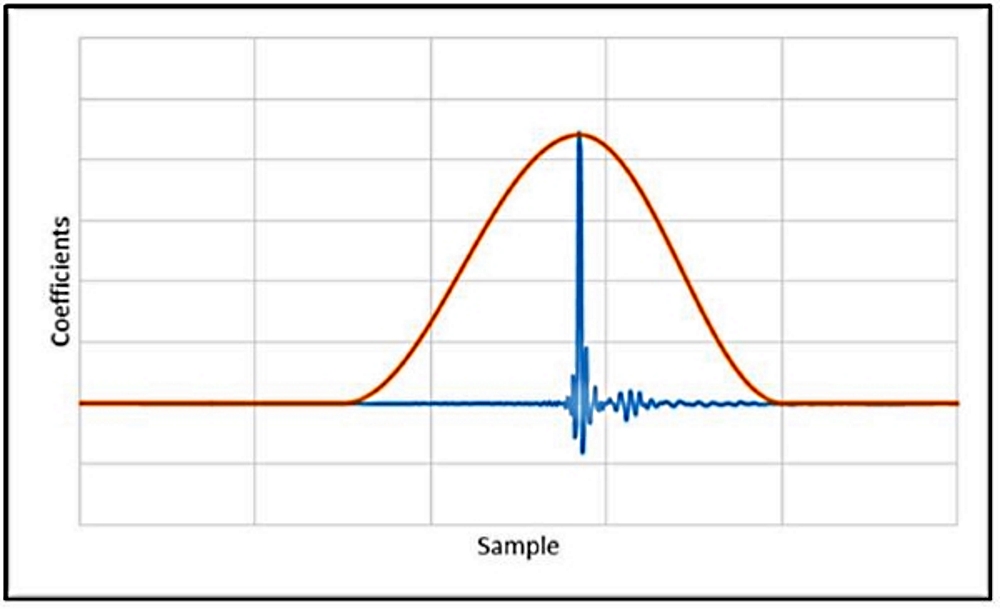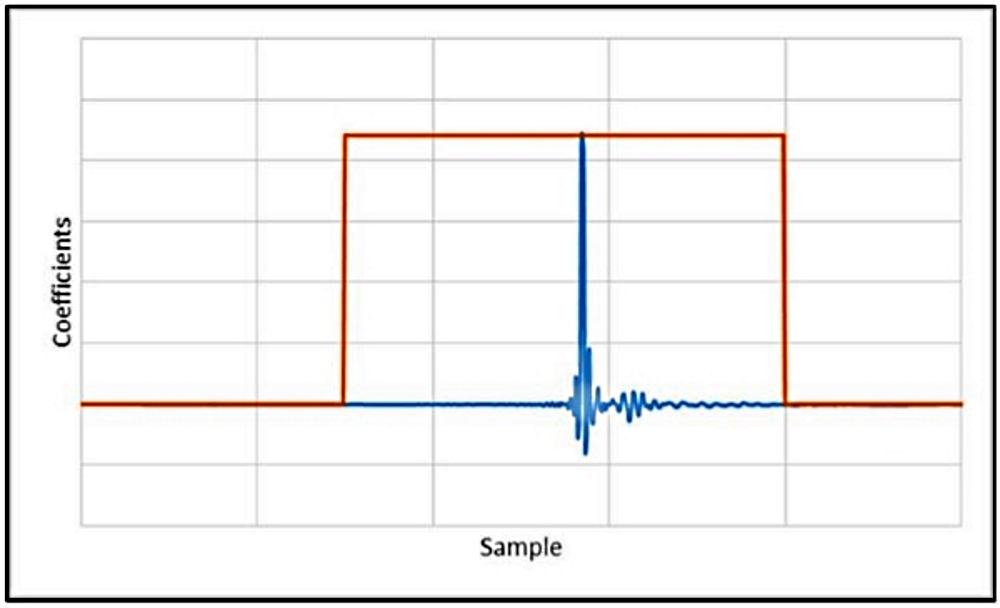
Figure 10 shows what is commonly called a rectangular window. The window weights all values evenly inside the rectangle/window and the truncation is likely to be abrupt at the end of the filter.
This can cause ringing or add other coloration to the sound outside the intended use of the FIR filter.
The rectangular window can be useful in specific occasions, but tapering the edges of the filter’s impulse response to smooth out any discontinuities is generally recommended.
Figure 10
Figure 11 shows Hann windowing. The windowing process does not just cut the tail based on the length we want, but also tapers the tail of the filter. The coefficient’s values go to zero at the end of the tail.
Processing delay and windowing setup/editing process are very important to the final result of the FIR filter.
Creating FIR Based On Measurement
Creating an FIR filter in order to create a conjugate of the transfer function, frequency response only, or phase response only is becoming popular as the FIR-capable DSPs are more widely available. Software such as Filter Hose can help users define an FIR filter based on measured data to create a conjugate filter or create a custom FIR filter (the latter is typically done for creating crossover or targeting a specific curve, not discussed in this article).
Figure 11

